END OF AN ERA: Russia's oldest gas export route to Europe halted
For over five decades, Europe benefited from a steady flow of Russian gas via pipelines in Ukraine. That deal has now expired
While that won't trigger shortages in Europe, it does mark a historic shift
Thread
-
In the midst of the Cold War, the first large-scale pipeline to export Russian gas via Ukraine was completed in 1967
The USSR wanted to trade/profit with the capitalist West, while also exerting soft power. Meanwhile, the West needed fuel to feed their growing industries
-
The first deal between the USSR and a Western Europe nation was with Austria's OMV in June 1968
This makes sense, given Austria's ties with the USSR and its neutral position during the Cold War. But the 23-year deal to buy Russian gas was the first of several dominos to fall
-
West Germany followed with 20-year agreement in 1970
This was part of a "gas for pipes" strategy, where West Germany supplied the USSR with equipment in exchange for gas from a new field
It coincided with Chancellor Brandt's push to build relations with its eastern neighbors
-
That led to the extension of the Transgas pipeline to Bavaria
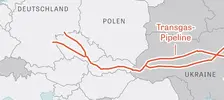
-
Italy inked a deal in 1969, and France also made several pacts in the 1970s and 1980s to ramp-up imports of gas from the USSR
(This came despite criticism from the US)
-
Ukraine was the main route by which the USSR sent gas to Western Europe during the Cold War
Gas continued flowing during that period, and countries became more dependent
By the early 1980s, Germany depended on the USSR for 20% of its gas needs. Austria was half
(NYT, 1981)
-
Things began to change after the disintegration of the Soviet Union in 1991
Independent Ukraine agreed to continue transiting Russian gas to Europe. That led to some nasty disputes on transit fees
And pushed Russia to explore other routes that circumvented Ukraine
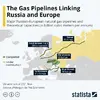
-
Ukraine was still the main route for Russian pipeline gas to Europe until about a decade ago with the start of Nord Stream and then Turkstream
Contract disputes after the invasion of Ukraine, coupled with the Nord Stream explosion, resulted in total flows falling since 2022
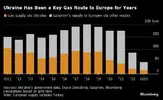
-
The Ukraine route now isn't sending Russian gas to Europe. And it isn't clear if/when that will be resolved
Both sides don't seem near a new deal anytime soon
-
While the route accounts for just 5% of Europe’s needs, nations are still reeling from the aftershocks of an energy crisis
Europe is now increasingly exposed to market volatility as it leans on LNG imports
Gas prices are up 50% year-on-year (but still far from the 2022 record)
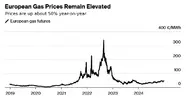
-
"Cheap" Russian gas was the backbone of some European economies for essentially half a century
That's now ending. And Europe is set to face higher-for-longer gas prices
-
Russia provided half of Germany's gas in 2021.
It's now (basically) zero
Due in part to the loss of Russian energy and other factors, Germany's economy is 5% smaller than it would have been if the pre-pandemic growth trend had been maintained
https://bloomberg.com/news/features...9.CAqS6g-otUiUJs3Q754cpLYOH8Bg9ZjYG-m55GCDJ6A
-
Europe has been shifting away from Russian pipe gas since 2022
But the closure of the Ukraine route, which survived the Cold War and massive regime change, piles more uncertainty ontop of Europe's energy dilemma
And it signals a more volatile (and potentially expensive) future




 Ilmalento sit tulee osuman jälkeen.
Ilmalento sit tulee osuman jälkeen.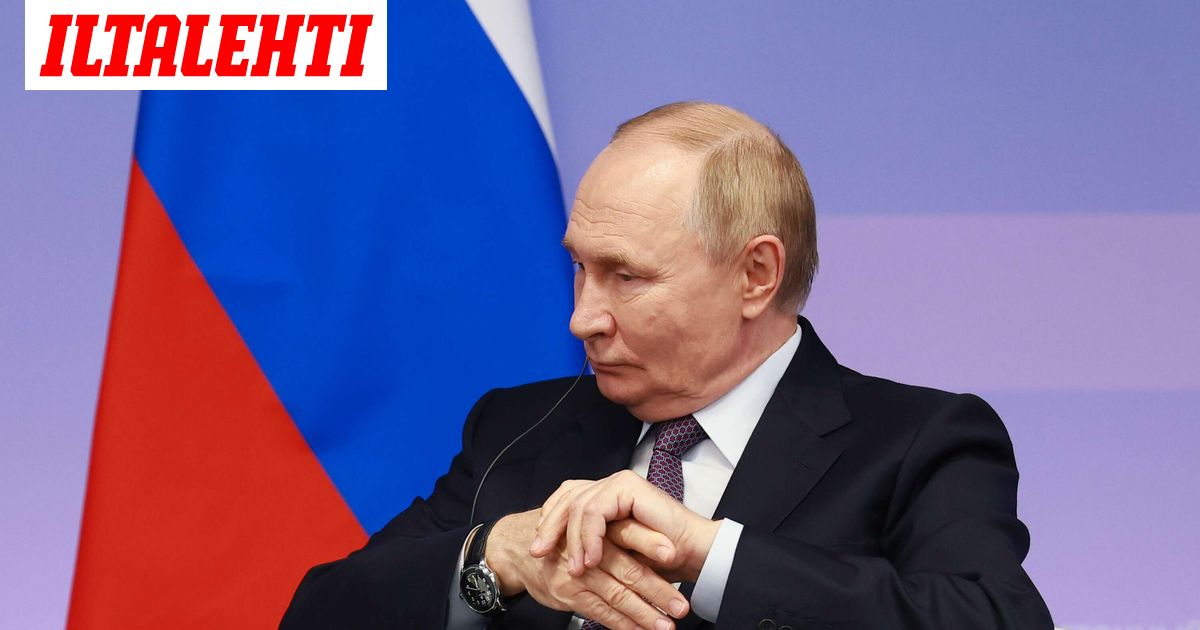




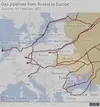




 Tänä vuonna yhteisömme juhli 10 vuotta perustamisestaan. Näiden kymmenen vuoden aikana olemme kehittyneet ”klubityyppisestä” yhteisöstä asiantuntijaverkostoksi, joka edistää ja toteuttaa järjestelmällisiä muutoksia, innovaatioita ja NATO-standardeja Ukrainan turvallisuus- ja puolustusvoimissa.
Tänä vuonna yhteisömme juhli 10 vuotta perustamisestaan. Näiden kymmenen vuoden aikana olemme kehittyneet ”klubityyppisestä” yhteisöstä asiantuntijaverkostoksi, joka edistää ja toteuttaa järjestelmällisiä muutoksia, innovaatioita ja NATO-standardeja Ukrainan turvallisuus- ja puolustusvoimissa. Tällä hetkellä AEROROZVIDKA-järjestön toiminta keskittyy muutosten järjestelmällisyyteen ja teknologioiden rationaaliseen hyödyntämiseen. Voiton saavuttamiseksi emme tarvitse pelkästään teknologiaa, vaan myös toimivia prosesseja.
Tällä hetkellä AEROROZVIDKA-järjestön toiminta keskittyy muutosten järjestelmällisyyteen ja teknologioiden rationaaliseen hyödyntämiseen. Voiton saavuttamiseksi emme tarvitse pelkästään teknologiaa, vaan myös toimivia prosesseja. Olemme itse armeijamme muutoksen ajureita ja tuemme siirtymistä verkostokeskeisen sodankäynnin konseptiin. Edistämme ISTAR-kyvykkyyden kehittämistä ja ISTAR-käytäntöjen sekä -työkalujen levittämistä yksiköissä, jotka torjuvat Venäjän aggressiota aseellisesti.
Olemme itse armeijamme muutoksen ajureita ja tuemme siirtymistä verkostokeskeisen sodankäynnin konseptiin. Edistämme ISTAR-kyvykkyyden kehittämistä ja ISTAR-käytäntöjen sekä -työkalujen levittämistä yksiköissä, jotka torjuvat Venäjän aggressiota aseellisesti. Kiitämme kaikkia, jotka tukivat meitä ja Ukrainan armeijaa tänä haastavana aikana. Tänä vuonna olemme tunteneet vahvan tuen ihmisiltä ja yrityksiltä ympäri maailmaa – teidän ansiostanne voimme kasvaa ja kehittyä!
Kiitämme kaikkia, jotka tukivat meitä ja Ukrainan armeijaa tänä haastavana aikana. Tänä vuonna olemme tunteneet vahvan tuen ihmisiltä ja yrityksiltä ympäri maailmaa – teidän ansiostanne voimme kasvaa ja kehittyä! Toivotamme jokaiselle voimaa ja kestävyyttä jatkaa taistelua vuonna 2025. Muistakaamme ja tukekaamme sotilaitamme, joiden ansiosta voimme elää omalla maallamme.
Toivotamme jokaiselle voimaa ja kestävyyttä jatkaa taistelua vuonna 2025. Muistakaamme ja tukekaamme sotilaitamme, joiden ansiosta voimme elää omalla maallamme.


